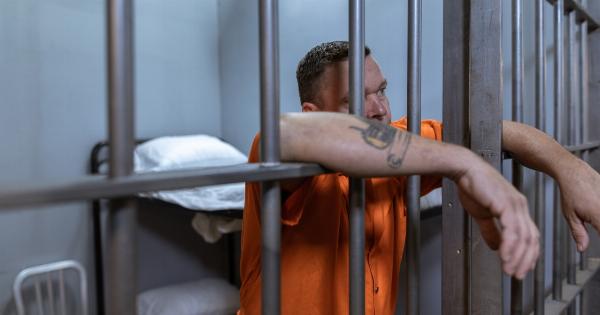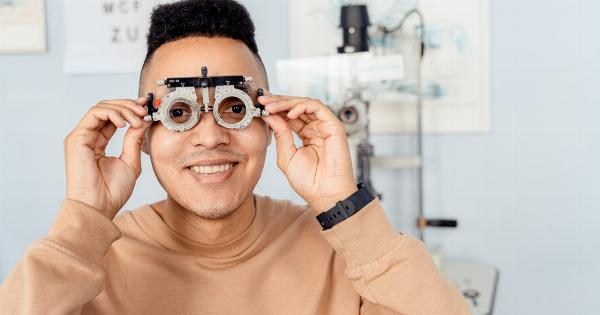The world of inmates is a complex and often misunderstood one. As society grapples with issues of crime and punishment, it is important to develop a deeper understanding of what life is really like for individuals who have been convicted of crimes.
This article aims to shed light on the experiences, challenges, and opportunities faced by those living within the confines of prisons.
The Diversity of Inmates
Inmates come from all walks of life, reflecting the diverse nature of the population they stem from. They can range from individuals who have committed petty crimes to those who have been convicted of serious offenses such as murder.
It is crucial to recognize that not all inmates fit into the stereotypical image portrayed by the media.
Life Behind Bars
Incarceration brings with it a myriad of challenges and adjustments for inmates. The loss of personal freedom is one of the most significant aspects of life behind bars.
Inmates are confined to a restricted physical space and have limited control over their day-to-day lives. This lack of autonomy can impact an individual’s mental health and well-being.
Prison Culture and Hierarchy
Within the walls of prisons, a distinct culture and social hierarchy emerge. Inmates often form alliances and groups based on common interests, backgrounds, or for protection.
This social structure can have both positive and negative effects on individuals, as they navigate relationships and power dynamics within the prison community.
Correctional Staff and Inmate Interaction
The interactions between correctional staff and inmates play a vital role in shaping the prison environment. The approaches taken by staff members can have a significant impact on an inmate’s experience and potential for rehabilitation.
Positive and supportive interactions have been shown to contribute to lower rates of reoffending.
Rehabilitation Programs
Rehabilitation programs within prisons aim to address the root causes of criminal behavior and provide inmates with the tools they need to reintegrate into society.
These programs can include educational opportunities, vocational training, mental health services, and substance abuse counseling. However, the availability and effectiveness of such programs can vary greatly between different correctional facilities.
Challenges Faced by Inmates
Inmates face numerous challenges during their time behind bars. These can range from physical violence and gang-related conflicts to psychological struggles, such as depression and anxiety.
Access to healthcare, hygiene products, and nutritious food can also be limited, leading to further health challenges for inmates.
The Impact of Incarceration on Families
In addition to the hardships faced directly by inmates, their families also endure significant challenges. Separation from loved ones, financial strain, and navigating the criminal justice system can take a toll on families.
Children of incarcerated parents are particularly vulnerable to the negative consequences of parental incarceration.
Reentry into Society
Eventually, the vast majority of inmates are released back into society. However, this transition is not without its difficulties.
Finding stable employment, securing housing, and rebuilding relationships can be daunting tasks for those with a criminal record. Without adequate support and opportunities, the risk of reoffending can be high.
The Importance of Rehabilitation over Retribution
Understanding the world of inmates emphasizes the need to prioritize rehabilitation over retribution in our approach to criminal justice.
By focusing on providing inmates with the necessary tools and support to reintegrate successfully, we can contribute to safer communities and reduce recidivism rates.
Conclusion
The world of inmates is a complex and multifaceted one, often tinged with hardships and challenges.
By recognizing the diversity among inmates and understanding the experiences they face behind bars, we can build a more compassionate and effective criminal justice system.































